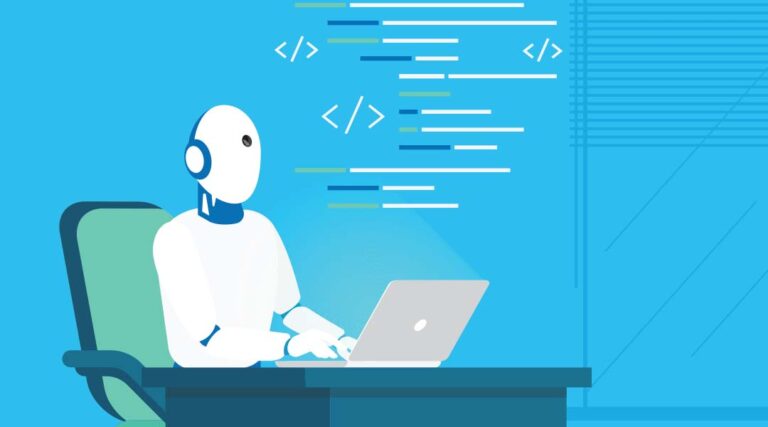
Amazon has tipped its hat to robotics developers, launching a robotics application development environment that lets people code, simulate and deploy software to control robots – on AWS.
AWS RoboMaker, unveiled at Re:Invent, connects the Robot Operating System to AWS, enabling it to use Amazon’s cloud-based services when developing robot applications.
The Robot Operating System is a common open-source development system for roboticists. It actually isn’t an operating system at all. Rather, it’s a set of middleware frameworks that let networks of different robots work together. Alongside its message-passing functions, it also includes elements such as a Robot Description Language (RDL) that enables a robot to describe itself to other machines so that they can manipulate it, and a robot geometry library used to track lots of moving parts on robots, like sensors and grips.
AWS RoboMaker introduces a set of extensions to ROS that enable its various components to take advantage of AWS services like machine learning, monitoring and analytics. Developers get API-level access to services including Kinesis Video Streams, Rekognition for video analysis, along with Polly and Lex for generating and recognizing speech.
Amazon has open sourced the extensions under Apache 2.0 in a bid to encourage robot developers to use them. The benefit to the company is that it will cash in whenever developers use these back-end services.
RoboMaker also creates a development environment tailored for ROS developers inside Cloud9, the virtual development environment that Amazon acquired in 2016. Creating a virtual machine from the AWS management console compiles ROS and pre-integrates the cloud extensions and some sample robotics applications into the IDE. Robot applications developed in this environment are stored on an S3 bucket.
There’s also a simulation environment that lets developers test their robots in virtual 3D worlds like retail stores and race tracks, running robots in parallel where necessary. AWS will scale the virtual infrastructure to support large simulations and charge for the back-end computing power. It uses CloudWatch to deliver data about robot battery levels, velocity and collisions during simulation runs.
The RoboMaker service also features a fleet management service to ship applications to robots and update them over the air.
